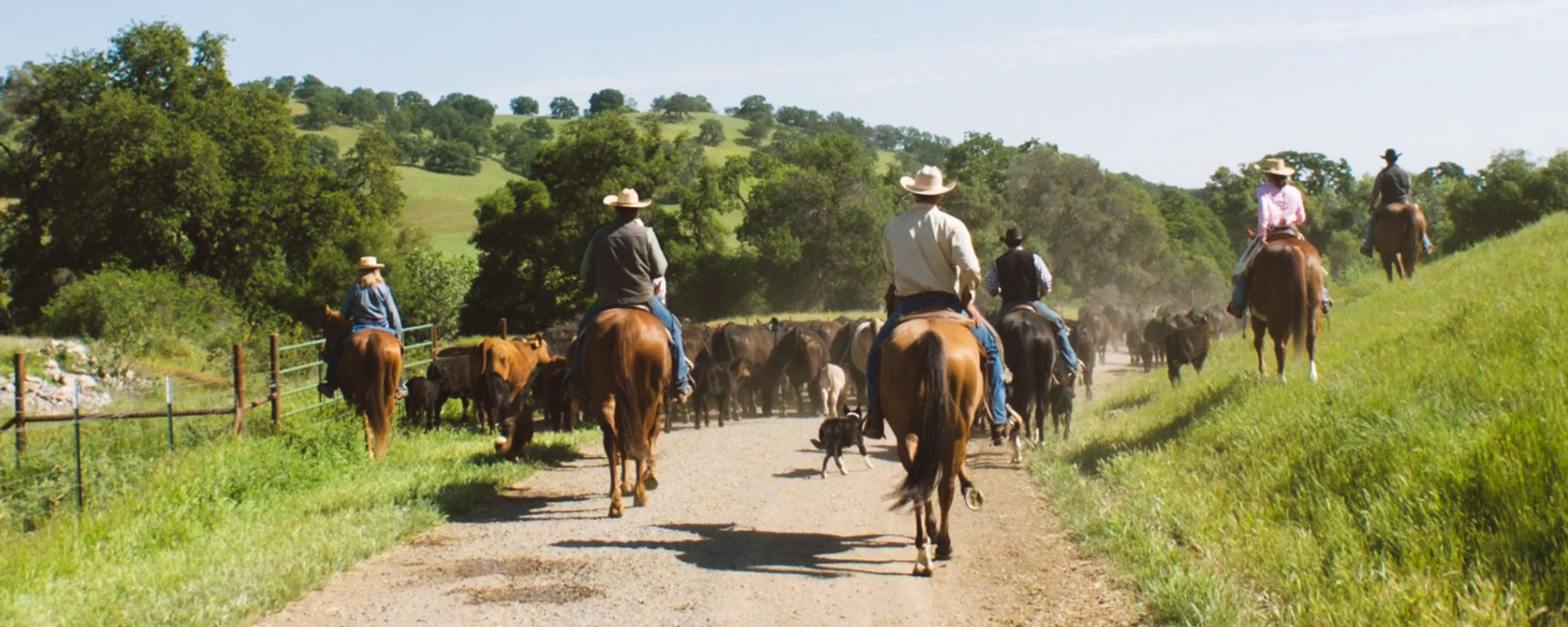2022 Ag Spotlight: California Rangeland Trust
Learn all about the California Rangeland Trust and their commitment to ranchers
In 1998, seeing the multitude of challenges facing the agricultural industry, a group of forward-thinking cattlemen and women identified an inherent need to offer creative conservation solutions to the ranching community.
Their vision was to create an organization for ranchers, run by ranchers, to conserve working lands for current and future generations of Californians. From there, the California Rangeland Trust (CRT) was born as a way to provide real tools, common vision, and collaborative opportunities to the ranching community.
These same values still hold true today as the organization seeks to honor ranchers, preserve ranching operations, and protect California’s natural resources. CRT’s mission is simple: "We exist to serve the land, people, and wildlife by conserving California’s working rangelands. We do this by helping ranchers voluntarily conserve their working lands through conservation easements."
California Rangeland Trust provides ranchers the tools needed to permanently protect their land through a special agreement known as a conservation easement.
Today’s ranchers face many challenges, including expensive estate taxes, state and federal overregulation, and financial pressure from developers.
For those reasons, a conservation easement makes sense from both an economic and an environmental perspective.
"We seek to help ranchers keep their lands available and ag operations viable. The decision to partner with the California Rangeland Trust can give landowners peace of mind knowing their cherished land will stay open forever," Communications Director Alyssa Rolen said. "This decision can also provide significant financial relief for ranching families."
The truth is, conservation easements benefit everyone
"No matter your background, we can find common ground in protecting these landscapes. When ranchers lose their land, developers typically move in," Rolen said. "All Californians are impacted by the loss of this precious ag land and the invaluable natural resources it safeguards. California ranches help generate pure water, clean air, wildlife habitat, healthy protein, local jobs, and so much more.”
Throughout it's nearly 25 year history, California Rangeland Trust has partnered with more than 85 ranching families to conserve more than 365,000 acres of pristine rangeland throughout the Golden State.
Ranchers are hit with all kinds of challenges—estate taxes to overregulation to natural disasters like drought and wildfires to everything in between. On top of those challenges, ranching isn't a lucrative business.
For example, a Bay Area ranching family was strapped with a heavy estate tax bill following the death of their patriarch. They explored every possible avenue to save the ranch, from cell towers to selling off parcels to developers.
Fortunately, a small pond on the ranch offered a creative solution. It was teeming with endangered California tiger salamanders. The family partnered with CRT to designate 30 acres, including the breeding pond, as a conservation easement.
The creation of this and two additional conservation easements (one for the endangered callippe silverspot butterfly and another for the threatened California red-legged frogs) offset Bay Area development in Pleasanton and San Jose and protected the habitats of these three sensitive species. Funds from the conservation easements saved the family ranch.
Stories like this demonstrate the California Rangeland Trust's commitment to helping to keep ranchers on the land so that they can continue to steward the land that provides for all of us.
“The greatest reward is knowing that we've helped 85 ranching families conserve their working lands. For the California Rangeland Trust, standing with rancher conservationists is an honor and one that we do not take lightly,” Rolen said. “We are committed to supporting them as they continue to preserve the resources that matter to all of us.”

